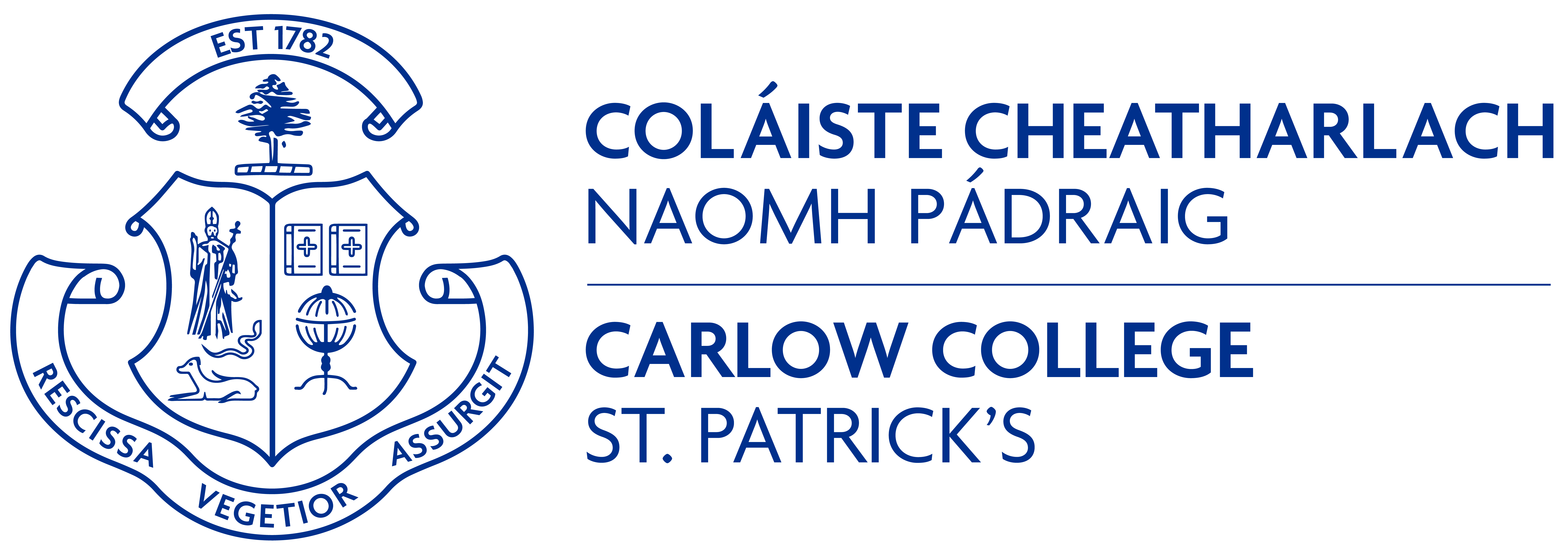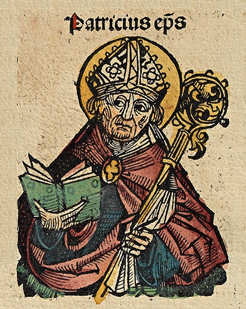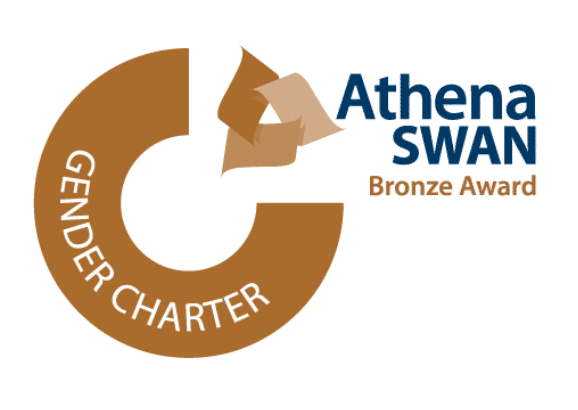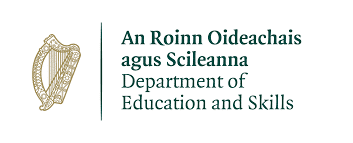Transforming Patrick in the Medieval World
At some point in the fifth century CE a former slave called Patrick made the decision to return to the island of his captivity to preach the Christian message. Patrick speaks to us through two surviving writings, his Letter to the Soldiers of Coroticus and his Confession. These texts provide just a glimpse of the man and his life, offering brief clues to the successes and hurdles he encountered during his conversion mission in Ireland. The quest for the real Patrick, the historic man, begins and ends with these texts. Nonetheless, by the seventh century, the point at which the first writings by Irish people emerge from the island, the Patrick of the Confession and Letter, had transformed into a miracle-working converter saint par excellence. The significance of this figure lives on to this day and most particularly on his feastday, 17 March. But how and why?
Many factors contributed to the formation of a saint in the medieval period. In the case of Patrick it’s likely that during his lifetime he made a real impact through his mission (particularly in the west of Ireland which he mentions in his writings and where significant veneration of the saint is evident in the earliest Irish sources). A saint, however, is only remembered because of the people who sustain and engage with their cult. Patrick’s saintly success lies in the fact that he was, from an early point in the history of Irish Christianity, celebrated by multiple communities. A range of medieval texts attest to this fact. One such document is an important letter, written in 633, by an individual named Cummian, who hailed from the monastery at Clonfert. The letter which was sent to the abbot of Iona, Ségéne, concerns one of the greatest disputes to beset the medieval Irish church – the dating of Easter. For the history of St Patrick, however, its signficance lies in Cummian’s reference to Patrick as papa noster, ‘our father’. Here, the author draws on the saint’s standing as nominal leader and founder of the Irish Church, to convince Ségéne and his community to reconsider their position. In the midst of this divisive controversy, therefore, Patrick is a unifying figure, who is recognised as the father of Irish Christianity.
References such as this permeate early Irish texts, but the veneration of St Patrick is especially evident in the surviving biographies written about him. Known as Saints’ Lives, these texts present different versions of St Patrick, some of which agree and others that do not. Even so, as a body of literature, they all contribute to his saintly renown and together develop the strength of his cult. The earliest of these Lives date to the late seventh century. The first is that of a bishop named Tírechán, who seems to have written at some point in the 680s. Tírechán was a native of Connacht (perhaps close to Tirawley, Co. Mayo), and his depiction of Patrick centres on the saint’s actions and deeds in that region. The Life focuses on Patrick’s work as a bishop who founds a great number of churches and consecrates countless priests on his travels. For Tírechán, then, Patrick’s greatness lies in his ability to convert the island through the creation of an ecclesiastical network. The other seventh-century writer, Muirchú, writing in the 690s, took a different approach. Based in the important monastery at Armagh (reputedly Patrick’s foundation, although the missionary does not refer to it in his own writings), his Life of the saint focuses on a number of altercations between Patrick and various representatives of the old pagan order. A great number of miraculous and dramatic stories ensue, which demonstrate the power of Christianity over all other beliefs. Muirchú’s Patrick ultimately achieves conversion through the defeat of the druids and the symbolic submission of the king of Tara. For Muirchú, Patrick’s achievements therefore lie in his heroic, miraculous deeds and unquestionable show of power.
These depictions may seem opposing, but for medieval audiences this was not the case. Rather, the core message of the works, that Patrick was the converter of the island, was what mattered. Each writer had different audiences in mind, some shared and some different and their presentations reflect the fact that as the figure-head of the Irish Church Patrick could represent and reflect multiple groups. It’s not surprising, then, that later medieval writers reimagined Patrick in their own way. These later authors depended on the writings that preceded them but also made their own mark on the Patrick story. Patrick was therefore re-established for new generations with different concerns, and the memory of the saint lived on. The development of Patrick’s saintly status is not an unusual one, however the longevity and vitality of Patrician celebration is. This is not easily explained; it may have something to do with a successful fifth-century mission by the real man, but it is equally the result of successive generations who engaged with, contributed to and re-articulated Patrick in their own time. This is something that happened in the medieval period and is ongoing to this day.
Further reading:
Patrick’s fifth-century writings and the seventh-century Lives by Muirchú and Tírechán are available in translation on the Royal Irish Academy site www.confessio.ie. Cummian’s letter to Ségéne is edited and translated by Maura Walsh and Dáibhí Ó Cróinín and available here [https://celt.ucc.ie/published/T201070.html]. For a discussion of saints’ in the medieval period a good place to start is Robert Bartlett, Why Can the Dead Do Such Great Things? Saints and Worshippers from the Martyrs to the Reformation (Princeton, 2013). The early Lives of Patrick are discussed by Elizabeth Dawson here [https://www.confessio.ie/more/article_dawson#] and in her book Lives & Afterlives: the Hiberno-Latin Patrician Tradition 650-1100, STT vol. 55 (Turnhout, 2023).






